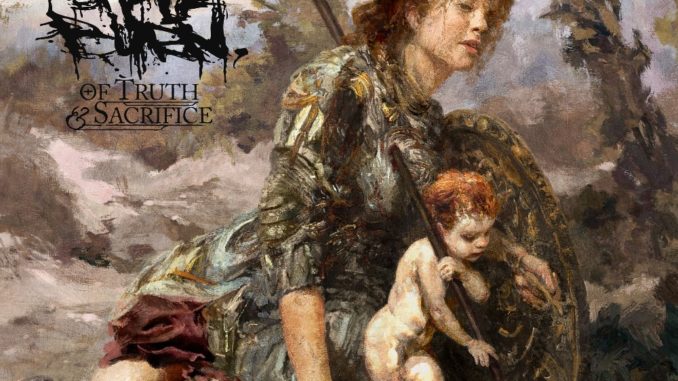
Until a country views worth of life of every citizen the same way, it has not raised itself to the next level of improvement in order to become a great country.
By Nazarul Islam
Two events in my personal life have made a serious impression upon me, about the validity of my beliefs. When I was attending Notre Dame College in Dhaka, I often used to take a scooter (auto rickshaw) from (where I lived) to our campus in Motijheel. And then I also walked down some distance.
During the rush hour, it was always a struggle to persuade the driver to run his scooter faster, lest I missed the first lecture beginning at 8:10 am. One day, as I was passing near my usual landmark, by the culvert, close to the campus, a small rock hurled by a kid came flying and hit me between my left eyebrow and eye. I felt excruciating pain, covered my bleeding left eye with my hand and simply sank down on the foot pedestal, down on the floor.
I cried in pain, but the traffic around me kept rushing onwards, speedily in every direction. Even some curious people tried hanging their neck out of windows of passing vehicles, to see me in a precarious condition with blood spilled all over my white shirt. To me, the scene Looked like everyone had his own race to finish or manage. That, there was chaos of some kind, and everyone was hard paced, running to finish something. And, I did mean everyone in that neighborhood.
Fortunately, my eye was not damaged because I managed to get to the Dacca Medical College and Hospital, not very far away. My close relative, an uncle, was a Third Year MBBS student. Upon contact, he quickly examined me, cleaned the wound and put several stitches that would not bear a permanent scar on my face.
Again, another incident took place during my Dhaka visit in 1997. While traveling to Kushtia via Aricha Ghat, along with a fellow teacher who represented the Australian collaborating institute—I saw a middle-aged bearded man in shaggy clothes lying flat on the side of a busy street.
Everyone passed by him completely oblivious to his condition. Cycles, rickshaws passerby simply avoided his still body, with a gaping mouth. Was he ill? Was he drunk and passed out? Was he asleep or unconscious? Was he dead? I did not know. My local Bangladeshi counterpart did not care either and I guess my own genes prevented me from saying “Stop the car; let us find out what is wrong with this unconscious man”.
My story is not limited to just these two isolated incidents; I do confess that I lived my life in Dhaka and was largely oblivious to the plight of “poor” people – the servants and maids, the factory laborers, the farmers, not to mention the beggars and homeless refugees.
I have almost accepted the socio-economic caste system as being the norm. When I last visited Kolkata in 1998 after almost 30 years, I realized that in spite of all the progress and improvements that had brought the Indian economy to the world stage, lives of poor people had not changed much from the time I had visited last.
Undoubtedly….The horrific images of people in India that I have witnessed in the global media projections during the recent surge in Covid, both their suffering while desperately looking for treatment as well as their mass funerals and the apparent lack of preparedness of the country to deal with the problem made me ask the same question, “Is value of life less in India?”
Again….In a highly litigious society like America, lawyers can put a value on life.
It seems that when a person dies from non-natural causes in the US, someone comes out of the woodwork and sues the party alleged to be responsible for the death. I assume that there are standard formulas and precedents that guide the lawyers in their determination of the amount needed to compensate for the loss of life. I doubt that a similar mindset exists in India.
One of my best friend at the workplace has pointed out another interesting aspect of this difference in how we see value of life.
Indians who are mostly Hindu believe in reincarnation. The present life is just one in a series of thousands of reincarnations that every person must go through in order to achieve that ultimate destiny – “Nirvana” and what happens in this life is largely predetermined by our “karma” in previous lives.
The Christians, on the other hand, value their present life because they think that it is “the one life to live”; they will go to heaven or hell after that. As a result, there might be a greater emphasis on not only in living one’s life on the right path but also to regard everyone else’s life on an equal footing.
In any event, I strongly believe that until a country views worth of life of every citizen the same way, it has not raised itself to the next level of improvement in order to become a great country.
Click here to read Part-I
[author title=”Nazarul Islam” image=”https://sindhcourier.com/wp-content/uploads/2021/05/Nazarul-Islam-2.png”]The Bengal-born writer Nazarul Islam is a senior educationist based in USA. He writes for Sindh Courier and the newspapers of Bangladesh, India and America. He is author of a recently published book ‘Chasing Hope’ – a compilation of his 119 articles.[/author]